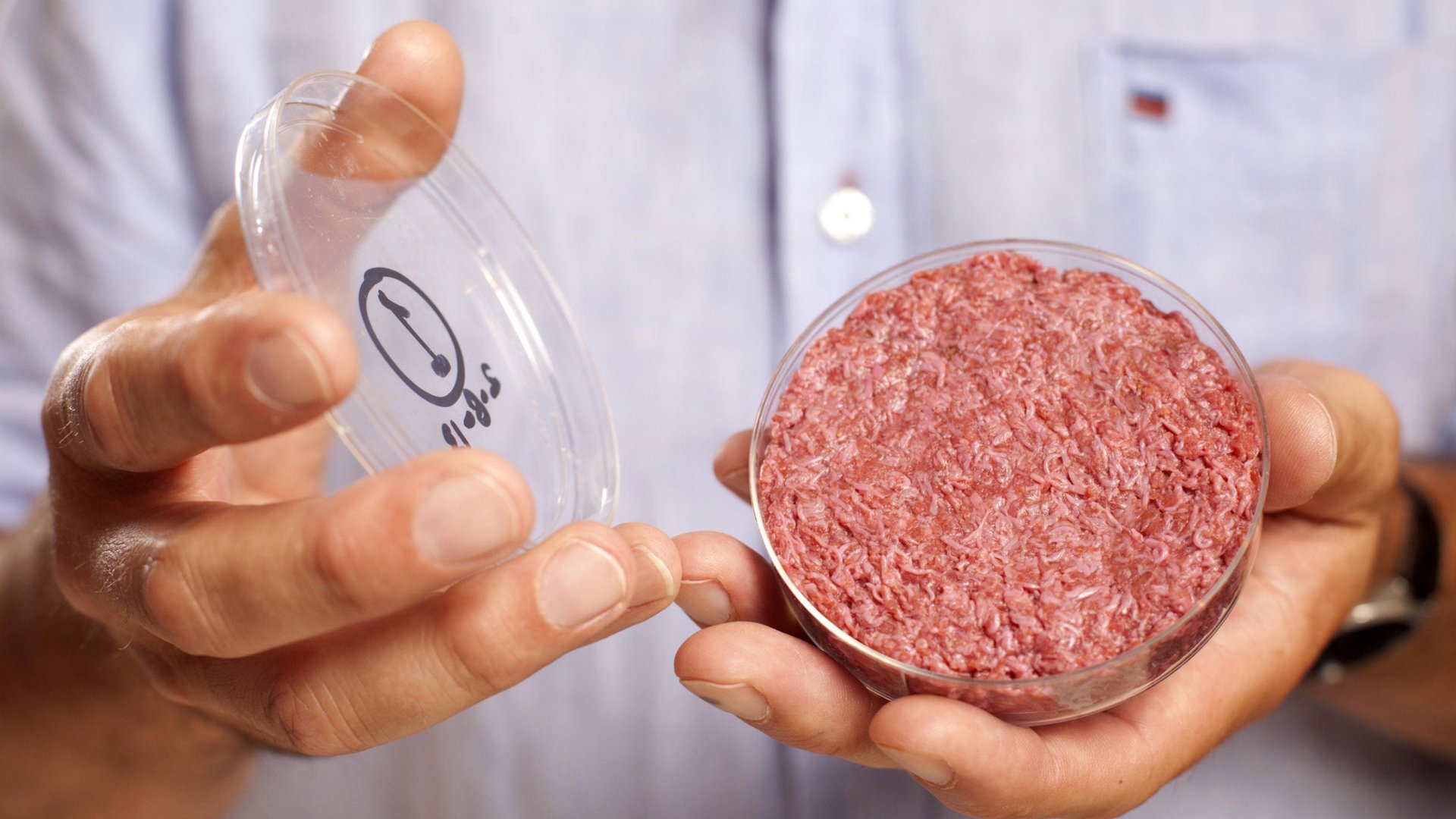Google’s Sergey Brin just paid $332,000 for the world’s most expensive hamburger—and it’s made in a lab
Even the sexiest bit of scientific research would struggle to get the sort of publicity that preceded the unveiling today of the “world’s first lab-grown beef burger.” Part of that was down to a masterful PR campaign orchestrated by Ogilvy, an ad agency, but a lot of the interest came from the $332,000 price tag to research and create it. Oh, added bonus: nobody knew who the “mystery billionaire” was who funded the whole thing.


Even the sexiest bit of scientific research would struggle to get the sort of publicity that preceded the unveiling today of the “world’s first lab-grown beef burger.” Part of that was down to a masterful PR campaign orchestrated by Ogilvy, an ad agency, but a lot of the interest came from the $332,000 price tag to research and create it. Oh, added bonus: nobody knew who the “mystery billionaire” was who funded the whole thing.
All was revealed at a media event in London this afternoon. It opened with a video. Over stirring music and visuals of birds flying along a misty coast, a voice intoned: “Sometimes a new technology comes along and it has the capability to transform how we view our world.” Cut to Sergey Brin wearing his trademark Google Glass headset. “I like to look at technology opportunities where the technology seems like it’s on the cusp of viability and if it succeeds then it can be really transformative for the world.”
“Some people think this is science fiction. It’s not real, it’s somewhere out there,” Brin, the funder of the endeavor, says on the video. “I actually think that’s a good thing. If what you’re doing is not seen by some people as science fiction, it’s probably not transformative enough.” Mark Post, professor of physiology at the University of Maastricht in the Netherlands, who led the research, foresees a future 20 years hence when you wander down to your local supermarket to be confronted by two types of meat. One is lab-grown, ethically sound, cruelty-free. The other is old-fashioned, blood-and-guts meat that comes clearly labelled and has an “eco-tax” slapped on to it.
Far-fetched as it sounds, Post’s view is not without its proponents. Breeding animals for human consumption is notoriously wasteful, using 30% of the world’s land for livestock to graze, consuming water to process meat, and contributing to 18% carbon emissions through methane from digestive gases released by cattle. “We have a vision in our minds of pristine farms, a couple of cows, a couple of chickens, but that’s not actually how meat gets produced,” says Brin. People for the Ethical Treatment of Animals, an anti-meat pressure group, also support such research. It announced a $1 million award for the first scientist who produces and markets in-vitro chicken meat in 2008.
Dr Post’s “cultured beef” is made by taking cells from a cow’s muscle tissue and replicating it in a lab. It is then frozen and when he has enough, it is put together to make a single patty of 142 grams (5 oz). Because the meat is white in color, scientists added beetroot juice to make it look natural and flavored it with salt, egg powder and breadcrumbs. Early reviews from the tasting panel were not entirely complementary. “Not that juicy,” said Hanni Rützler, an Austrian nutritionist who had been called upon to taste it. Still, it can’t possibly be worse than the faux meat Quorn.